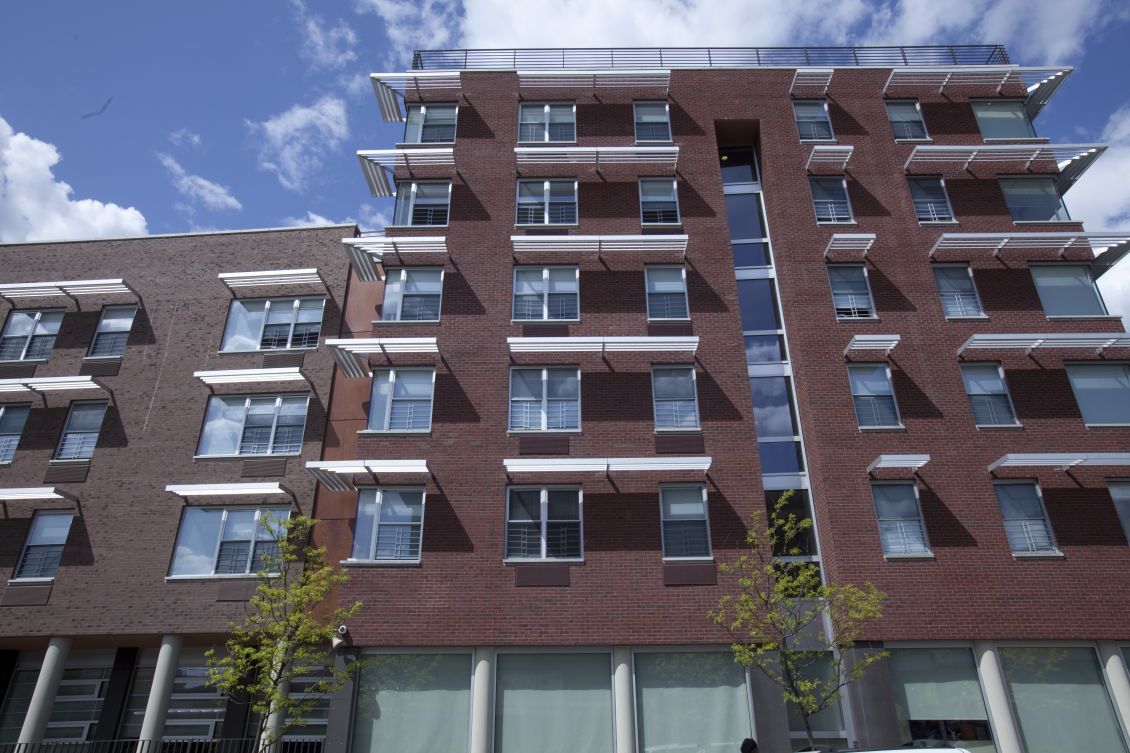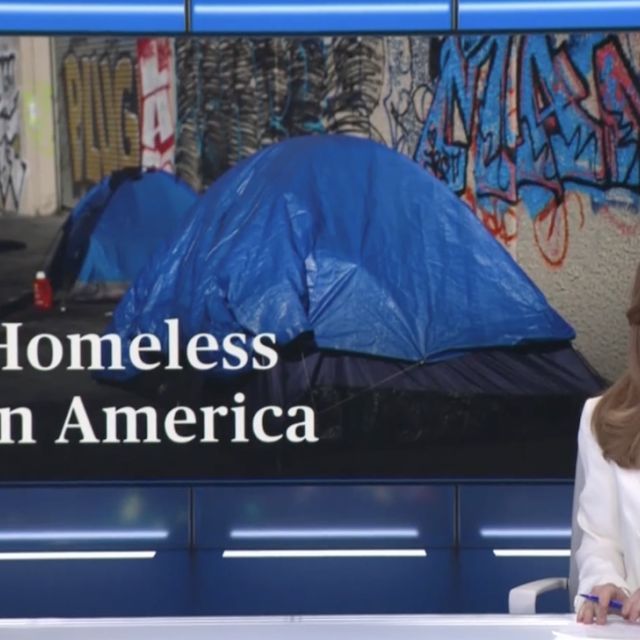It’s no secret that the nation’s affordable housing crisis has become a priority for many policymakers, researchers, and advocates. Millions of Americans are struggling to pay their rent and are unable to explore homeownership opportunities or protect their homes from climate disasters. A new national report analyzing every aspect of the housing market shows that high housing costs remain a significant challenge for households nationwide, even while parts of the rental market have softened due to an increase in multifamily development.
Harvard's Joint Center for Housing Studies’ (JCHS) 2024 State of the Nation's Housing report finds that, between 2020 and early 2024, rents for professionally managed apartments increased by 26%, even as rent growth relaxed to just 0.2% year-over-year in early 2024. Similarly, for-sale home prices surged by 47% over the same period. The report notes that public investments from federal, state, and local governments, as well private and nonprofit capital will be necessary to adequately address the nation’s housing challenges.
Here are four key findings from JCHS' State of the Nation's Housing 2024:
Record High and Pervasive Cost Burdens Persist
Households across the country face the burden of rising costs as incomes have not kept pace with rapidly increasing housing expenses. Moreover, renter households face a significant impact. In 2022, 50% of all renters, or around 22.4 million households, were cost-burdened, defined as spending over 30% of their income on housing. This record rate is 3.2 percentage points higher than it was in 2019 and 9 percentage points higher than in 2001. Among these, 12.1 million renter households were spending over 50% of their income on housing, representing another record high, up 1.5 million from 2019.
Due to the nation’s history of discriminatory policies, renters of color experience higher rates of cost burden. In 2022, 57% of Black and 54% of Hispanic renter households were cost-burdened compared to 45% of their white counterparts. While renters earning the lowest incomes, below $30,000, and renters of color persistently experience disproportionate rates of cost-burden, JCHS highlights that the cost burdened share of households earning $30,000 to $44,999 annually increased by 2.6 percentage points to 67%, and of households earning $45,000 to $74,999 increased by 5.4 percentage points to 41%, representing significant cost burden growth for this income group.
More Affordable Rental and Homeownership Housing Needed
According to the report, the nation is short over one million units of housing. The housing shortage stems from several factors that are slowing production, including higher labor, building material, and land costs; local zoning restrictions; and financing limitations, especially for multifamily projects. The nation’s housing shortage is not only impacting households’ ability to rent affordably but it’s also barring them from the homeownership market. Rising home prices, high mortgage interest rates, inflation, and inadequate supply are leading to a slowdown in first-time homebuyer and overall homeownership rates. According to the JCHS report, the opportunities for many renters to become homeowners are limited in a market where moderate-income households cannot afford the median-priced homes available and the “lock-in” effect is keeping many homeowners from selling, out of concern for losing a below-market interest rate. Inventory options are further limited by competition with single-family investors and the increased number of older adults deciding to age in place.
To increase the supply of affordable housing options for low-income renters and prospective first-time homebuyers, developers are turning towards alternative construction solutions. The JCHS report highlights some of these methods, including several that Enterprise has recently explored in our own research and programmatic work. For example, the report discusses the expansion of accessory dwelling units (ADUs) – also called small cottages, in-law suites, or granny flats – as a method to boost and diversify the housing stock, echoing some of the best practices for this type of development that were included in Enterprise’s study of ADUs. The JCHS report also points to techniques and construction innovations that have been proven to save costs and slowly expand access to a wide range of affordable housing options. These include modular or factory-built housing construction, manufactured housing, office- or retail-to-residential conversions, and repurposing underutilized land for development – as is being done through Enterprise’s Faith-Based Development Initiative.
Federal Rental Assistance is Not Keeping Up with Demand
The report notes that between 2001 and 2021, the number of very low-income renter households increased by 4.4 million, but only 910,000 additional households received housing assistance, reflecting a considerable gap between supply and demand for federal housing subsidies. As of 2021, only 25% of eligible households received housing assistance, leaving 14.2 million low-income households with limited housing options. Insufficient and under-funded housing assistance programs are partially to blame for the record 653,100 individuals experiencing homelessness on a single night in 2023.
JCHS emphasizes the need to strengthen programs such as the Rental Assistance Demonstration program, which helps fund much needed redevelopments for the nation’s aging stock of public housing; the Low-Income Housing Tax Credit (Housing Credit), which secures private investments for the production and preservation of affordable housing; and the U.S. Department of Agriculture (USDA) Section 515 program, which provides low-income rural renters with housing through properties subsidized with long-term low-interest mortgages.
The report also discusses the investments needed to expand and reform the Housing Choice Voucher (HCV) program to ease administrative burdens on landlords, decrease instances of source of income discrimination, improve the housing search process for voucher holders, and increase utilization. The report points to multiple policy proposals and solutions — some of which are part of Enterprise’s key federal policy priorities — that could bolster these programs and preserve the long-term affordability of rental homes.
Nation’s Housing Stock is Vulnerable to Climate Risks
JCHS highlights data from the Federal Emergency Management Agency’s (FEMA’s) National Index Risk that estimates 60.5 million units have at least a moderate risk of damage from climate disasters due to their location. The report underscores the need to invest in climate resiliency, recovery, and retrofitting efforts, as the frequency and intensity of disasters worsen.
In addition to uncovering the need for a more resilient housing stock, climate change has also spurred the nation’s property insurance crisis. JCHS reports that skyrocketing property insurance premiums, which rose by an average of 27.7% year-over-year in January 2024, are affecting the sustainability of affordable multifamily properties. Insurance costs are rising even more rapidly in regions of the country that are more prone to climate disaster risks.
Looking Ahead
JCHS stresses the pervasive nature of the housing affordability crisis, as it impacts households in every region and at nearly every income level across the country. The report notes that the country’s housing challenges need urgent action, especially in improving climate resiliency and increasing low-cost housing production. To change the nation’s course, the public and private sectors will need to unite to expand federal housing assistance programs, amplify state and local regulatory reforms for housing production, invest in innovative techniques and construction models to increase supply, and protect the nation’s housing stock by advancing climate resilience and a just energy transition.


